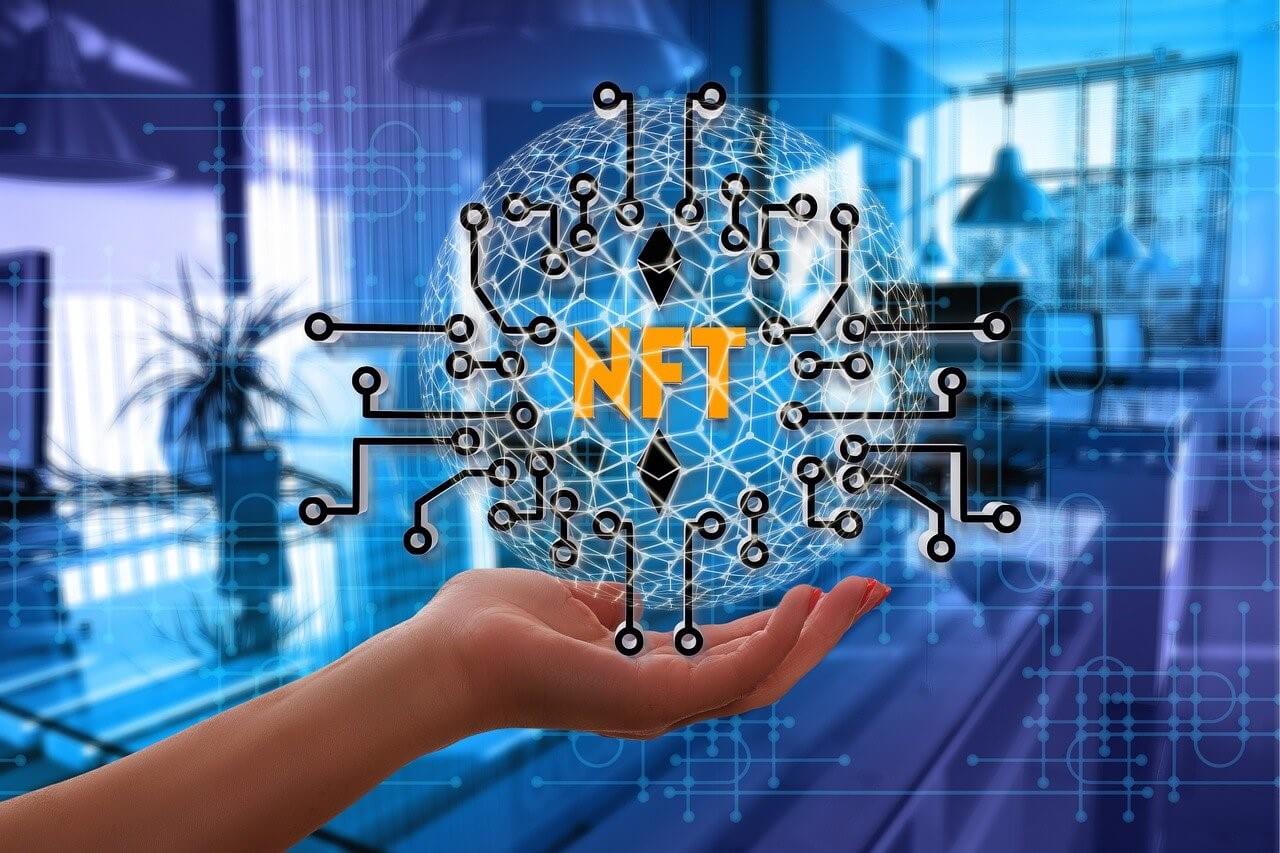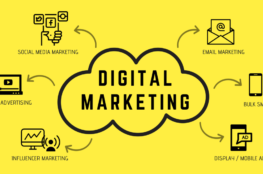The non-fungible token market has a lot of potentials. Thus, creating an NFT marketplace makes sense. Over the projected period of 2021 to 2026, this market is anticipated to grow at a 35% annual pace, reaching $147 billion.
NFT is already a well-known phenomenon. This pattern can be explained by the expanding number of influencers participating, the rise of new gaming communities, and the increasing demand for digital art.
This market niche can be quite difficult because there are so many NFT marketplaces already. However, you can create a distinctive, cost-effective platform to draw in new users if you have an experienced team working for you.
But how can one create an NFT market? The establishment of the NFT marketplace, its characteristics, the technology used, as well as the price of creating such a product will all be covered by us in this article. We are skilled in FinTech and have experience building blockchain applications like Exhibit. The development of unique NFT marketplace platforms like OpenSea Clone is a specialty of ours. Read on!
NFT Marketplace Considerations
The functionality of your platform must be defined as part of the development of your NFT marketplace project. Here, you need to consider both buyers and sellers of digital assets. We have chosen the NFT marketplace’s key characteristics for your consideration.
Storefront
The most important component of your marketplace is your storefront. You may find all the information you need here, such as offers, a thorough explanation of each NFT, its owners, rates, and price history.
Superior Token Search
For the development of NFT marketplace apps, a necessary feature is required. When your users have a pressing need to locate the token quickly, this feature will be useful. Here, it would help if you classified NFTs into groups like music, pictures, videos, etc.
Filters
Filters do a similar task to advanced token search, but they cover a wider range of categories. This tool will help your users recognize NFTs based on criteria other than just type. In addition, there will be sections for things like pricing, creators, asset popularity, new offers, etc.
Establishing Listings
Permit users to add listings to your marketplace. These can be generic lists or desire lists, for instance. Listings that include details regarding NFTs, such as the asset’s title, tags, price, or in-depth description, are preferable.
Key Steps in the Development of the NFT Market
The following actions are necessary to build your own NFT marketplace solution:
Establish Your Niche
Selecting your market type—universal or niche—should be your first step. Listing many NFT kinds is preferable because it will draw in a wider readership.
Select a Blockchain
Select the blockchain on which your market will be built. The most well-known ones include Ethereum and Binance Smart Chain. Your platform can be made to simultaneously support numerous blockchains.
Determine the UI/UX Design for your Project.
You might consider NFT marketplace design after selecting a blockchain and a specialization. Make sure your user interface is simple to use and intuitive.
Use smart contracts
Create smart contracts for your marketplace as the next stage. It would be best if you employed professionals who are familiar with regulatory regulations for this.
Discreet Storage
The location of the makers’ and purchasers’ assets should be determined in this step. Additionally, you must make sure that your platform securely stores all transaction logs.
Embedding Outside Services
You must incorporate payment gateways, cryptocurrency wallets, social media, and email services in order to create a successful NFT marketplace. These are the fundamental tools provided by third parties, but you could need more. Your company’s needs will determine how many integrations you need.
Check Out Your Market
Test your NFT marketplace once a simple version has been creating. By doing so, you will eliminate all of your platform’s flaws and perfect your product.
Get Your NFT Marketplace Online
The launch of your marketplace and continuous support are part of the final phase. You will need to make continual improvements to your platform and make it more user-friendly.
What Is the Price to Create an NFT Marketplace?
The number and complexity of features, the chosen technology, and the price of a certain NFT development company’s services all affect how much it will cost to construct an NFT marketplace website.
We broke down the process of developing an MVP for such a product into many stages in order to estimate an approximate NFT marketplace cost:
UI/UX Design, Estimation & Research, and Stage 1 Discovery
In this step, your business concept is thoroughly examined in order to determine the specifications your NFT product will need. You should select the team for developing the NFT market at this stage, specify required and optional features, present market, and customer research, and create a prototype. You will have a better idea of your main goals, target audience, scope, and difficulties after finishing this discovery phase.
Cost projection: $11 200
Stage 2. Growth
Developers for the NFT marketplace create architecture, connect databases to data flow, and much more. The interface for your NFT platform is being created at the same time by UX/UI designers. We also include cloud synchronization, which improves the user experience all around. We’ll then look at the fundamental and supplementary aspects separately.
Cost projection: $25 600
Phase 3: Testing
You need QA specialists to test your MVP for bugs once it’s finished. As a result, all flaws that are find must be fixed to guarantee the high caliber of your product.
Cost: about $9 600
Launch and technical documentation, step four
You are currently launching your MVP to gauge user response. If your marketplace app is a hit, you may progressively add to its features and give it every improvement you can think of. During this stage, a document including all the details of your application must be created.
Cost: about $1 600
Final Thoughts on the Development of the NFT Marketplace
Given the increasing expansion of the NFT sector, developing apps similar to OpenSea can provide you with a number of advantages. Due to its decentralization, high level of security, and availability of distinctive digital goods, such marketplaces draw a large number of users.
However, creating an NFT market can be quite difficult. Smart contracts must be used, blockchain must serve as the project’s main building block, and secure storage of user and transaction data must be taken care of.
Also check about – What is Marketing?




September 6, 2022
[…] Also check about – NFT Marketplace Development Guide […]
September 26, 2022
[…] Also check about – NFT Marketplace Development Guide […]
November 17, 2022
[…] Also check – OpenSea Clone: NFT Marketplace Development Guide […]